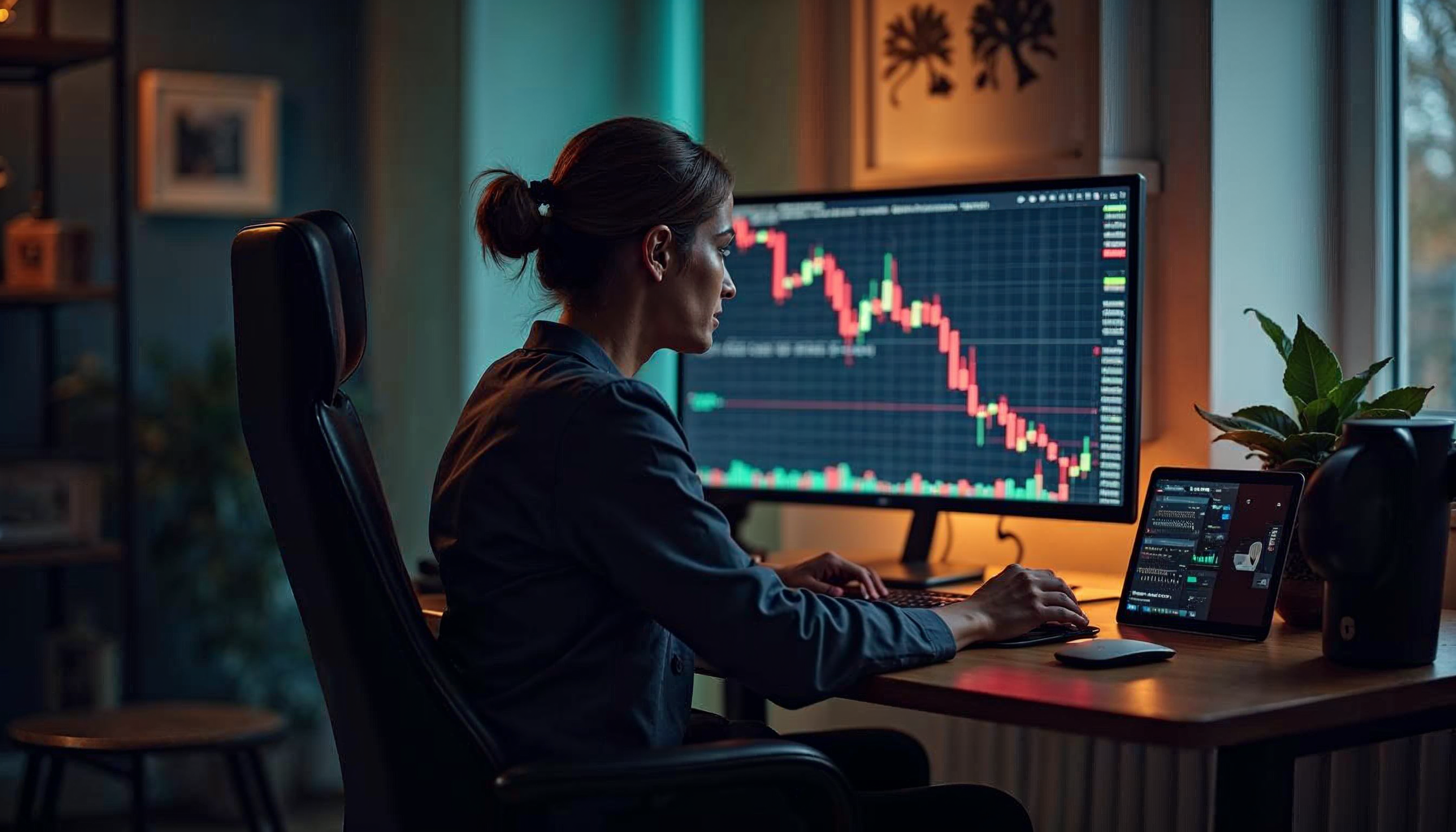Mastering Macro Trading: Economic Indicators Every Trader Should Know

Introduction
Macro trading is a dynamic investment approach that uses macroeconomic data to make informed trading decisions. By studying key indicators like inflation, employment, and monetary policy, macro traders can predict how economic forces will impact markets. In this blog, we explore the essential economic indicators for macro trading and how to use them effectively.
The Core Principles of Macro Trading
Macro trading is built on the principle that global and national economic trends significantly influence asset prices. Unlike stock-picking or sector-focused strategies, macro trading requires a deep understanding of economic forces, central bank policies, and geopolitical developments.
Key Economic Indicators for Macro Trading Success
1. Interest Rates
Interest rates are the cornerstone of macro trading. Central banks control interest rates to regulate economic activity. Changes in interest rates influence bond yields, stock valuations, and currency movements.
- Trading Tip: If a central bank announces a rate hike, bond prices often fall, while currencies may appreciate due to higher yield expectations.
2. Inflation Metrics
Metrics like the Consumer Price Index (CPI) and Producer Price Index (PPI) measure inflation. High inflation erodes purchasing power and prompts central banks to tighten monetary policy, impacting equity and bond markets.
- Trading Tip: A sharp rise in CPI may signal upcoming interest rate hikes, suggesting opportunities in short-term bonds or inflation-protected securities.
3. Employment Reports
Employment reports, such as the U.S. NFP and jobless claims, provide real-time snapshots of economic health. Strong employment often correlates with robust consumer spending and economic growth.
- Trading Tip: Use employment data surprises to trade currency pairs, as strong data may strengthen the domestic currency.
4. Trade Balances
Trade data reveal a country’s economic competitiveness. Persistent trade deficits can weaken a currency, while trade surpluses may strengthen it.
- Trading Tip: Monitor trade balances to identify potential currency trades, especially for export-driven economies.
5. Business Sentiment Surveys
Surveys like the Purchasing Managers’ Index (PMI) offer forward-looking insights into economic conditions. High PMI readings indicate expansion, while low readings suggest contraction.
- Trading Tip: Positive PMI data can boost equity markets, especially in sectors like manufacturing and services.
Macro Trading Strategies
1. Thematic Investing
Macro traders often identify themes, such as rising inflation or technological innovation, and align their portfolios accordingly.
2. Currency Pair Trading
Currency trading is central to macro strategies. By analyzing economic divergences between countries, traders can predict currency pair movements.
3. Long/Short Positions
Macro traders frequently use long/short strategies to capitalize on expected economic shifts. For example, they might go long on sectors poised for growth and short on sectors likely to decline.
Tools for Macro Analysis
1. Bloomberg Terminal
Bloomberg provides real-time economic data and market analytics, making it an essential tool for macro traders.
2. Federal Reserve Economic Data (FRED)
FRED offers free access to a vast repository of U.S. economic data, enabling traders to build robust models and forecasts.
3. Online Economic Calendars
Websites like Investing.com provide comprehensive economic calendars, helping traders track important data releases and events.
Risks in Macro Trading
1. Geopolitical Risks
Unforeseen geopolitical events, such as wars or trade disputes, can disrupt even the most well-researched macro strategies.
2. Overreliance on Indicators
Relying too heavily on a single indicator can lead to misjudged trades. Successful macro trading requires synthesizing multiple data points.
3. Market Volatility
Macro events often cause sudden market shifts. Traders must be prepared for high volatility and use risk management tools like stop-loss orders.
Conclusion
Macro trading is a powerful strategy for traders who can interpret economic data and predict market impacts. By mastering key indicators and leveraging advanced tools, traders can build a robust framework for success. However, understanding risks and maintaining a disciplined approach are equally essential to thrive in this challenging yet rewarding domain.

